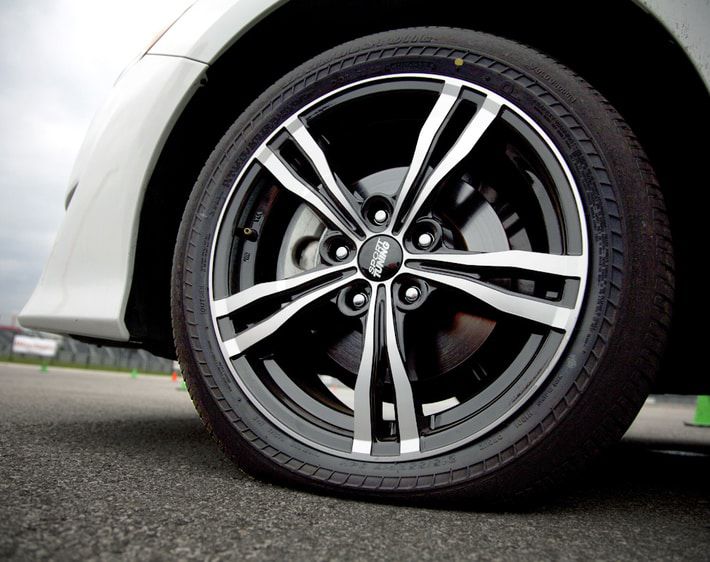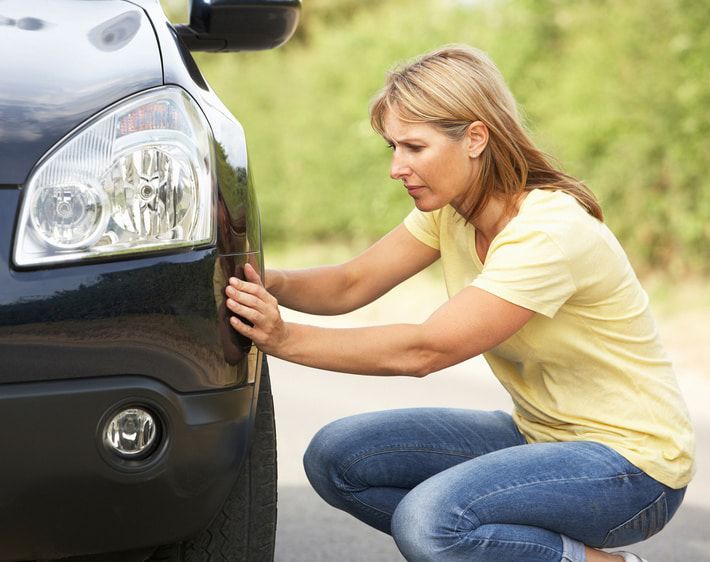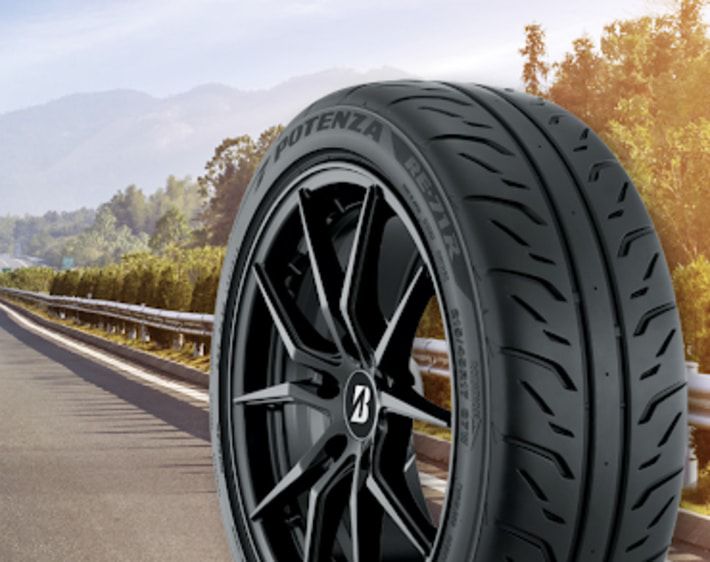Key Takeaways
- Replacing just one tire can lead to uneven wear and reduced vehicle performance due to differences in tread depth and traction.
- For front-wheel and rear-wheel drive vehicles, if only one tire is replaced, it should be paired with the tire with the deepest tread and both should be mounted on the rear axle to prevent hydroplaning.
- All-wheel drive and four-wheel drive vehicles are more sensitive to differences in tire diameters, often requiring all four tires to be replaced simultaneously to avoid drivetrain issues.
- Always check your vehicle manufacturer’s recommendations before replacing just one or two tires to ensure safety and proper vehicle operation.
You've got a flat tire—only one flat. The rest of your tires are in decent shape. You just need one replacement tire, right? Not quite! Although it might seem like a straightforward fix, replacing one tire on your vehicle, instead of two or four, can sometimes lead to unintended (and unfortunate) consequences. Learn what these consequences are and what to consider when replacing tires.
Reasons to Avoid Replacing Only One Tire
To achieve optimum vehicle handling, ride comfort, and road traction, it's generally recommended that you have all four tires replaced at the same time. Replacing one tire at a time can present challenges down the road since the one tire will have a different tread depth and thus different accelerating, braking, and cornering abilities than all of the others.
Think about it this way. Imagine if one of your running shoes got a hole in the bottom. Instead of buying a new pair of shoes, you buy just one shoe. Trying to run with one brand new and one worn shoe would probably feel pretty awkward and unbalanced.
Your car feels the same way when you replace just one tire. Significant wear imbalances between tires can negatively impact overall vehicle performance and stability. Plus, electronic and mechanical vehicle systems (like transfer cases, differentials, anti-lock brakes, and traction control systems) may have difficulty interpreting information from your tires when one is noticeably different from the rest.
Also, some vehicle manufacturers have specific recommendations or restrictions against the replacement of fewer than four tires. Check your owner's manual to see what your manufacturer recommends.
If You Must Replace Only One or Two Tires
Perhaps you only have the time and money to get one tire replaced. Or, your tire technician has evaluated the existing tread depth on your car's remaining tires, checked the vehicle’s owner’s manual and determined that replacing one tire is okay. Whatever the reason, here's how a replacement of only one or two tires generally works.
Front-Wheel Drive and Rear-Wheel Drive Vehicles
When replacing one tire: The new tire is paired with whatever tire on your vehicle has the deepest tread depth. Then, both tires are mounted on the rear axle.
When replacing two tires: The two new tires are mounted on the rear axle.
Also, if replacing only one or two tires, it is recommended that the tires are placed on the rear to prevent hydroplaning during wet road conditions.
Four-Wheel Drive and All-Wheel Drive Vehicles
Things are a bit trickier with four- and all-wheel drive vehicles. Even tiny differences in tire diameters on an axle, or between tires on different axles can lead to a glitch in the drivetrain system. Usually, all four tires are recommended to be replaced at once, but always check your vehicle manufacturer's recommendations for specific guidance regarding your vehicle.
Staggered Fitment Vehicles
Vehicles with staggered fitment have different size wheels on the back and the front of the car. Wider and/or taller wheels are usually mounted on the back, which results in more grip on acceleration and a sportier aesthetic appeal. Common vehicles with staggered fitments include the INFINITI G35, Nissan 350X, Chevrolet Camaro, Dodge Challenger, and Ford Mustang.
When it comes to replacing one or two tires, always follow the vehicle manufacturer's recommendations. If none exists and no tires show excessive wear, it might be acceptable to install one or two tires to either axle as needed.
Recommendations That Don't Fall Flat
Replacing a single tire isn't always a good idea. Thankfully, with Firestone Complete Auto Care's selection of affordable tires with free installation services, you don't need to change just one tire! Help maintain solid control of your vehicle and visit your trusted local tire experts for repairs and replacements that are Fixed Right, Priced Right, Right on Time!



